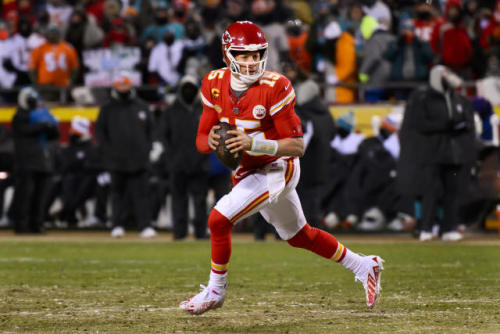Professional sports have long been available for free viewing, either on cable, satellite, or over-the-air. Of course, league blackout rules apply in certain places, and there are season pass options available for die hard fans. The gist of it is that watching the game, whatever it may be, has been of the people and for the people.
But that is slowly changing. In 2021, Amazon signed on for 11 seasons of Thursday Night Football, and has effectively added one more day of the week to fans’ football-watching activities. Well, as long as you have Amazon Prime, know a friend who does and doesn’t mind you crashing there, or can find it at a sports bar. Otherwise, you’re out of luck.
AppleTV+ has dibs on Major League Soccer, which proved to be a huge win for Apple last year when Messi started playing for Miami. It’s an upgrade to the standard AppleTV+ subscription, but some games are shared across the AppleTV+ platform for the basic subscribers.
The Latest Plot Twist
And now we come to the latest: Peacock, owned by NBCUniversal, carried this last Saturday’s playoff game between the Kansas City Chiefs and Miami Dolphins, and based on the data, it was the “most-streamed live event in US history.” Some 23 million viewers turned in, of which 16.3 million were logged in to Peacock. The remaining seven million were viewers in the KC and Miami markets, as well as subscribers to the NFL+ mobile app.

But the superlatives don’t stop there. The game also practically choked the internet, accounting for 30% of all web bandwidth during the game. It was the “most internet usage ever in the US on a single date.” Take that, Netflix.
So what’s the problem, you ask? Well, there was a huge outpouring of negativity on social media, because some viewers felt like they were being extorted for $5.99 a month to sign up for Peacock (which, of course, they could cancel at any time). And some lawmakers are concerned as well, because…you know…that’s not how we have always done it.
Insert Sailing Metaphor Here
We may see a court battle or two over this, but I suspect the ship is sailing, and we will now begin to see ever more professional sports on subscription streaming services. And with good reason, because pro sports is about the only reason people watch linear television these days. OK, maybe the evening news, but I have already digested all of the day’s news online long before the 10pm showing. When you consider that 93 out of the top 100 broadcast programs last year were NFL games, you see the magnitude of this.
Think about it. The only content with a shelf life of not more than a few hours is sports and the news. Who wants to watch yesterday’s football game, or last night’s newscast? I’ll wait. And we’ll all happily wait to watch everything else on our own schedule, whether by DVR or streaming on demand.
It’s just that, as we continue to cut the ties that bound us to all those legacy media outlets, the new model is all about streaming. While there is much consolidation going on—that’s a topic for a future blog—it also means there will be more resources among the surviving conglomerates to do what Peacock just did, and what Amazon has been doing. Exclusive rights cost big money, but with that many eyeballs, it is well worth the price. Advertisers love it, and so does any company with the rights.
Drift Away
For consumers, it signifies a continuation of the drift away from legacy outlets, and toward the streamers. I know. The prices and bundling options available these days are beginning to look a lot like that which we left behind with cable and satellite, but that’s how it goes. Orwell noted that tendency in Animal Farm. The Wheel of Retailing Theory says the same. A revolution eventually begins to look a lot like that which it sought to replace.
And if you want to watch pro sports in the future, I am betting heavily that you’ll have to join the revolution. Or find a friend who has. Just be sure to bring food and beverage.
Dr “How Many Subscriptions Do You Have?” Gerlich


